 At our recent Artists' Lab, we were greeted by Marty Harris, a local artist and creator of the Moly_X international sketchbook exchange project. At one time Moly X had 1500 members and 400 books being exchanged. The name is based on the Moleskine (pronounced Molaskeena) journals that have been around for hundreds of years, albeit in a somewhat reinvented form.
At our recent Artists' Lab, we were greeted by Marty Harris, a local artist and creator of the Moly_X international sketchbook exchange project. At one time Moly X had 1500 members and 400 books being exchanged. The name is based on the Moleskine (pronounced Molaskeena) journals that have been around for hundreds of years, albeit in a somewhat reinvented form.Marty shared the concept of a journal exchange project for lab participants. The project will also include the artists' labs in Madison and Milwaukee and will enable us to collaborate with them on the creation of sketchbooks on the theme of light. I am thinking it will also give us an opportunity to explore ideas we may wish to develop further for our larger work in the final exhibition. That seems like an appropriate use of a sketchbook and hopefully the interplay with our fellow artists will prove to be freeing. The challenge will be to resist the idea of it as a finished piece of art as that brings a weightiness to this project on light. Light, light, light I repeat, hoping a light attitude will allow me to play.
 The journals will not be completed by the time of the exhibition, but will be a part of the exhibition in whatever form they are in at that stage. While Marty is an illustrator he advised us that few of the participants whose work he shared had that background. Lest we be too intimidated, he advised us that he had selected some of the better ones as examples. The journals lend themselves to a variety of media, certainly drawing, writing, collage and photography.
The journals will not be completed by the time of the exhibition, but will be a part of the exhibition in whatever form they are in at that stage. While Marty is an illustrator he advised us that few of the participants whose work he shared had that background. Lest we be too intimidated, he advised us that he had selected some of the better ones as examples. The journals lend themselves to a variety of media, certainly drawing, writing, collage and photography.  Marty shared examples that were on a variety of themes. Some had done illustrated cookbooks, others alphabet books. There were portrait books where one could do a portrait of oneself or of the person who started the book. He suggested that we think about how we can tie it together with color, perhaps putting down a background to help others get started (see below). One had dots scattered throughout to give it a kind of rhythm (left). Some used a theme like trees, others used wrapping paper as a background. One book was based on Jonie Mitchell's album "Blue".
Marty shared examples that were on a variety of themes. Some had done illustrated cookbooks, others alphabet books. There were portrait books where one could do a portrait of oneself or of the person who started the book. He suggested that we think about how we can tie it together with color, perhaps putting down a background to help others get started (see below). One had dots scattered throughout to give it a kind of rhythm (left). Some used a theme like trees, others used wrapping paper as a background. One book was based on Jonie Mitchell's album "Blue".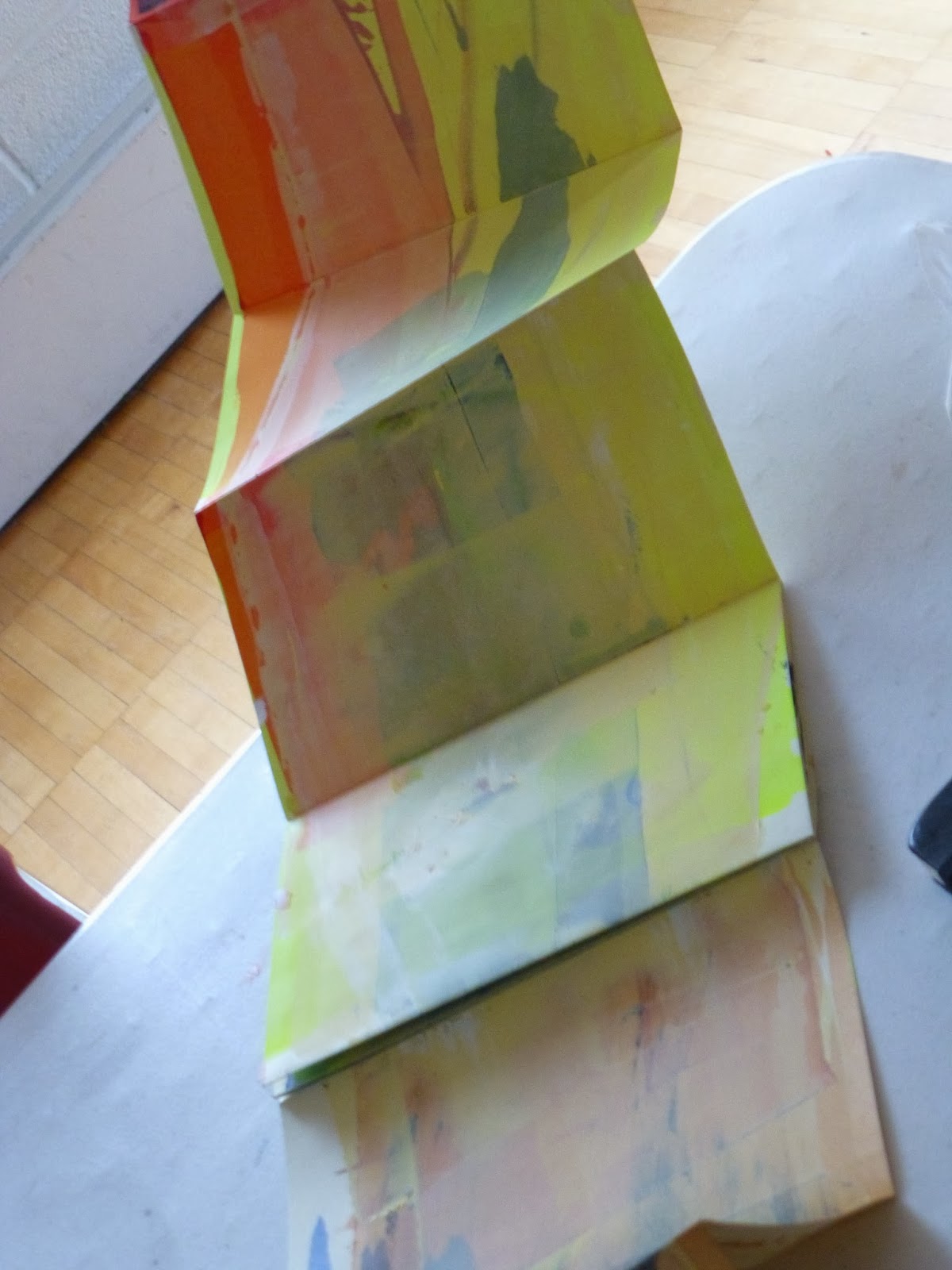 Marty also suggested 3M super 77 adhesive spray to affix an image in the book. It is also useful in repairing errors which he assures us can be easily rectified. It isn't necessary to work directly on the book, we can also paste something into the book or over our initial efforts. And if necessary we can cut out the page and overlap the remaining two pages to reconnect the book.
Marty also suggested 3M super 77 adhesive spray to affix an image in the book. It is also useful in repairing errors which he assures us can be easily rectified. It isn't necessary to work directly on the book, we can also paste something into the book or over our initial efforts. And if necessary we can cut out the page and overlap the remaining two pages to reconnect the book.Marty showed examples of what has been done and noted that many in the group of artists who worked together communicated via blogging. While we are working with Madison and Milwaukee, some artist groups have been between artists in different countries. Here's a blog that includes some artists whose work he shared, spanning Turkey, Belgium, Australia and Spain.
So now I'm nervously contemplating what to do with this tiny journal that still feels a bit like a ticking time bomb, waiting for an errant line. I think I need a real sketchbook to sketch my ideas for this one. There's more than one way to skin a mole.
To view information on lab artists and lab discussion links and handouts, please go to the Jewish Artists' Laboratory website.
*The Jewish Artists’ Laboratory is an arts initiative through the Sabes Jewish Community Center featuring 25 artists exploring the theme of Light through study and art making. The project is funded through The Covenant Foundation and similar projects are being done in both Milwaukee and Madison. Artists explore how the theme of Light is relevant to Jews and non-Jews, to religious and non-religious, to the community and to the individual, to the artist and the non-artist.

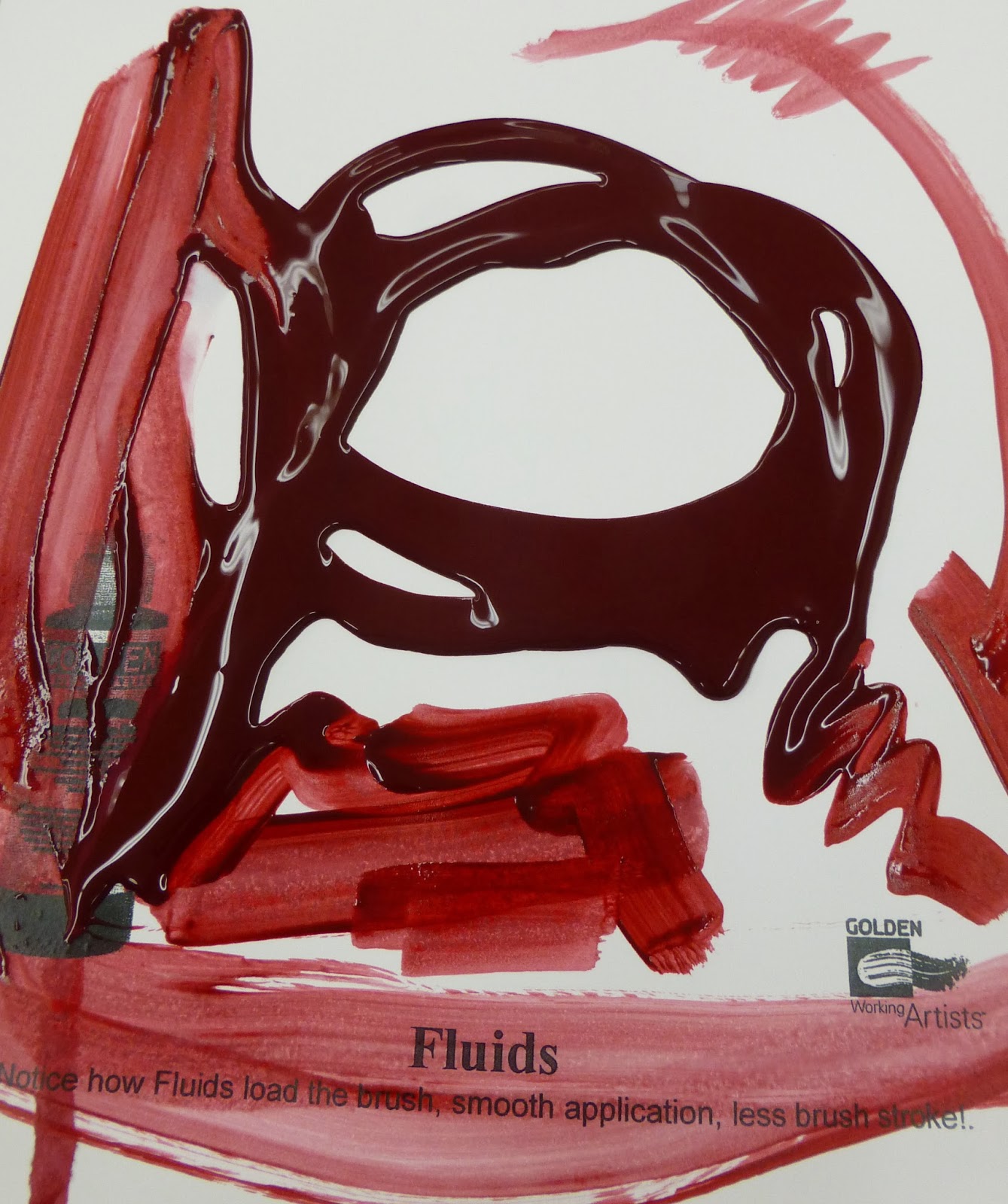
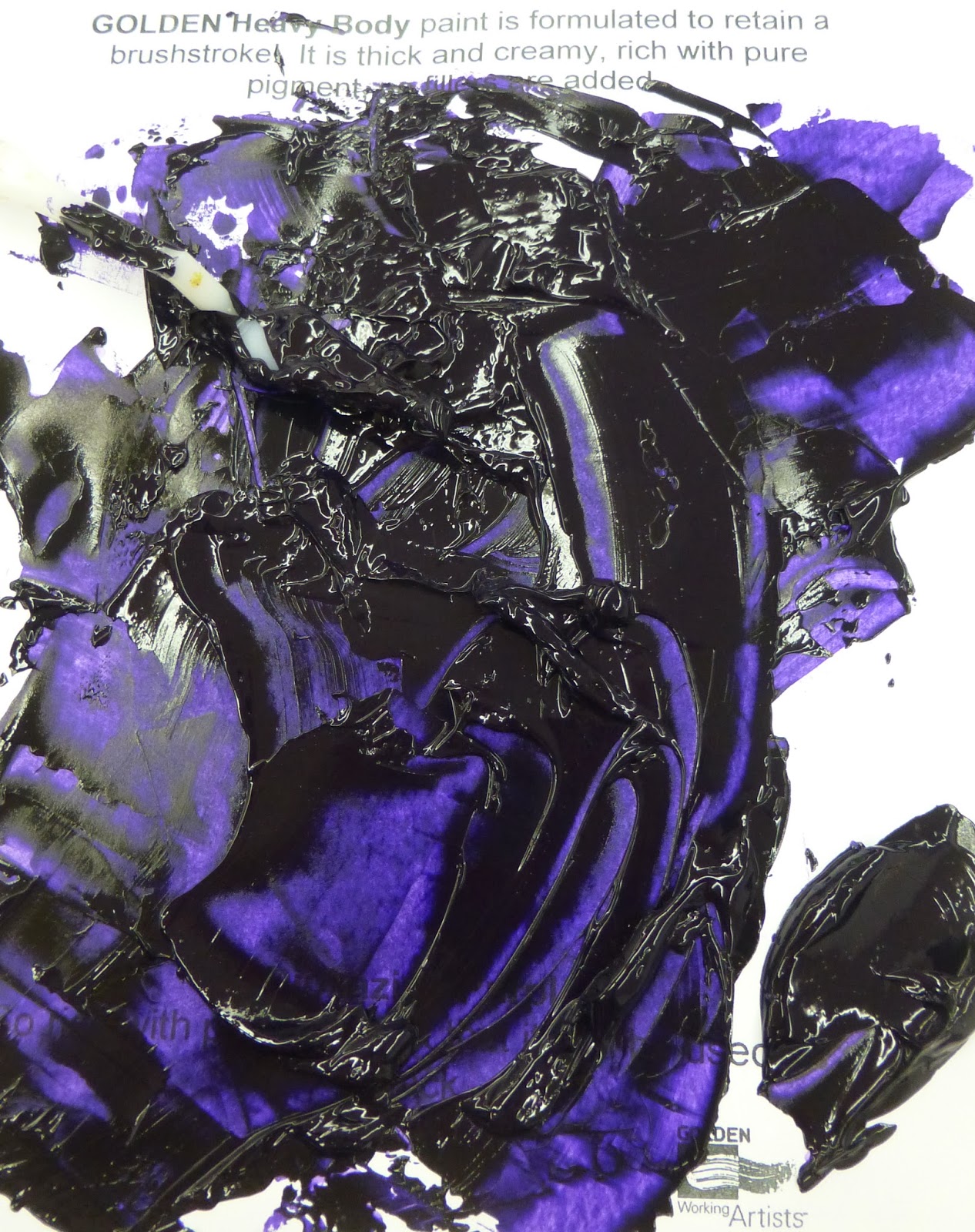
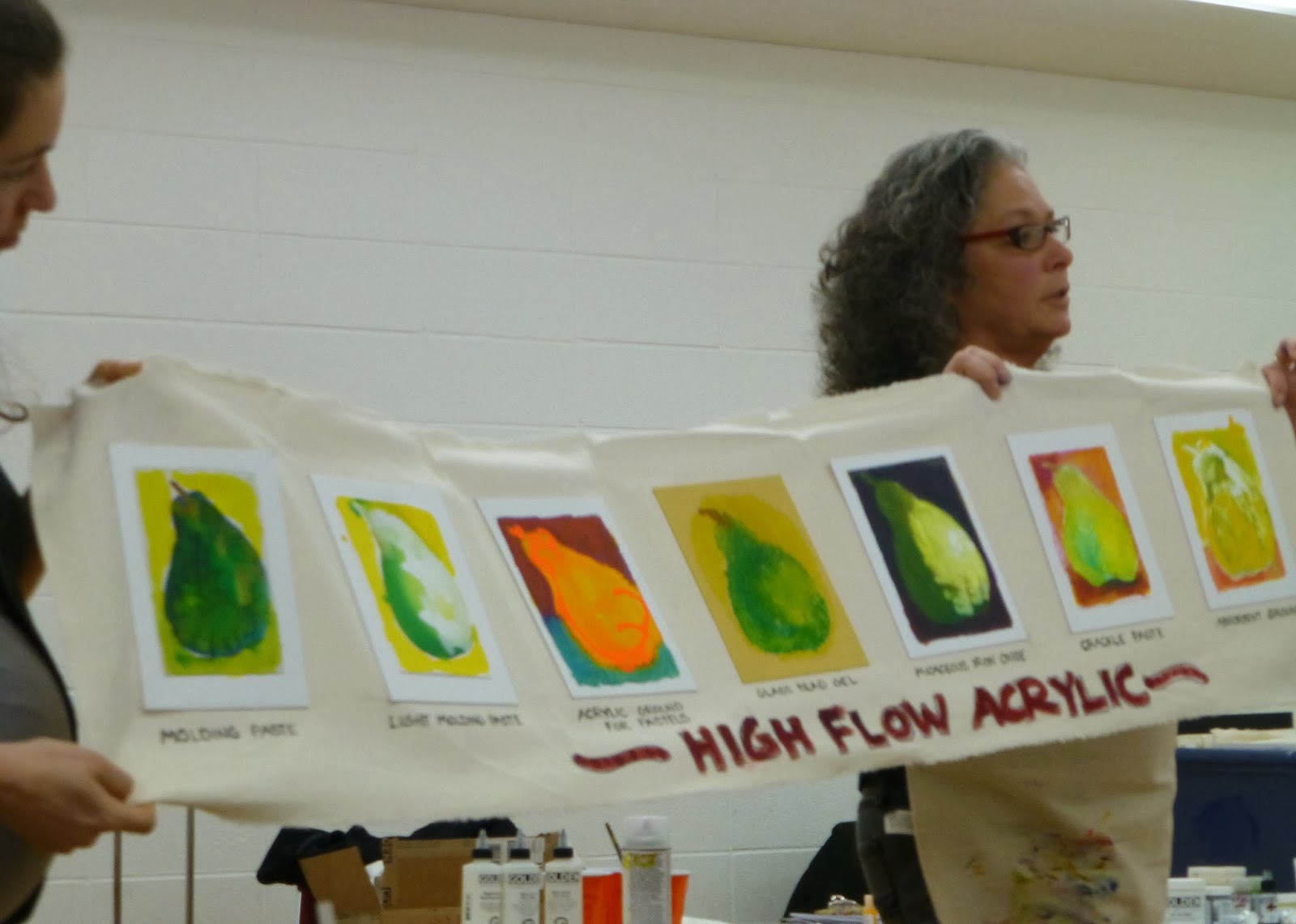
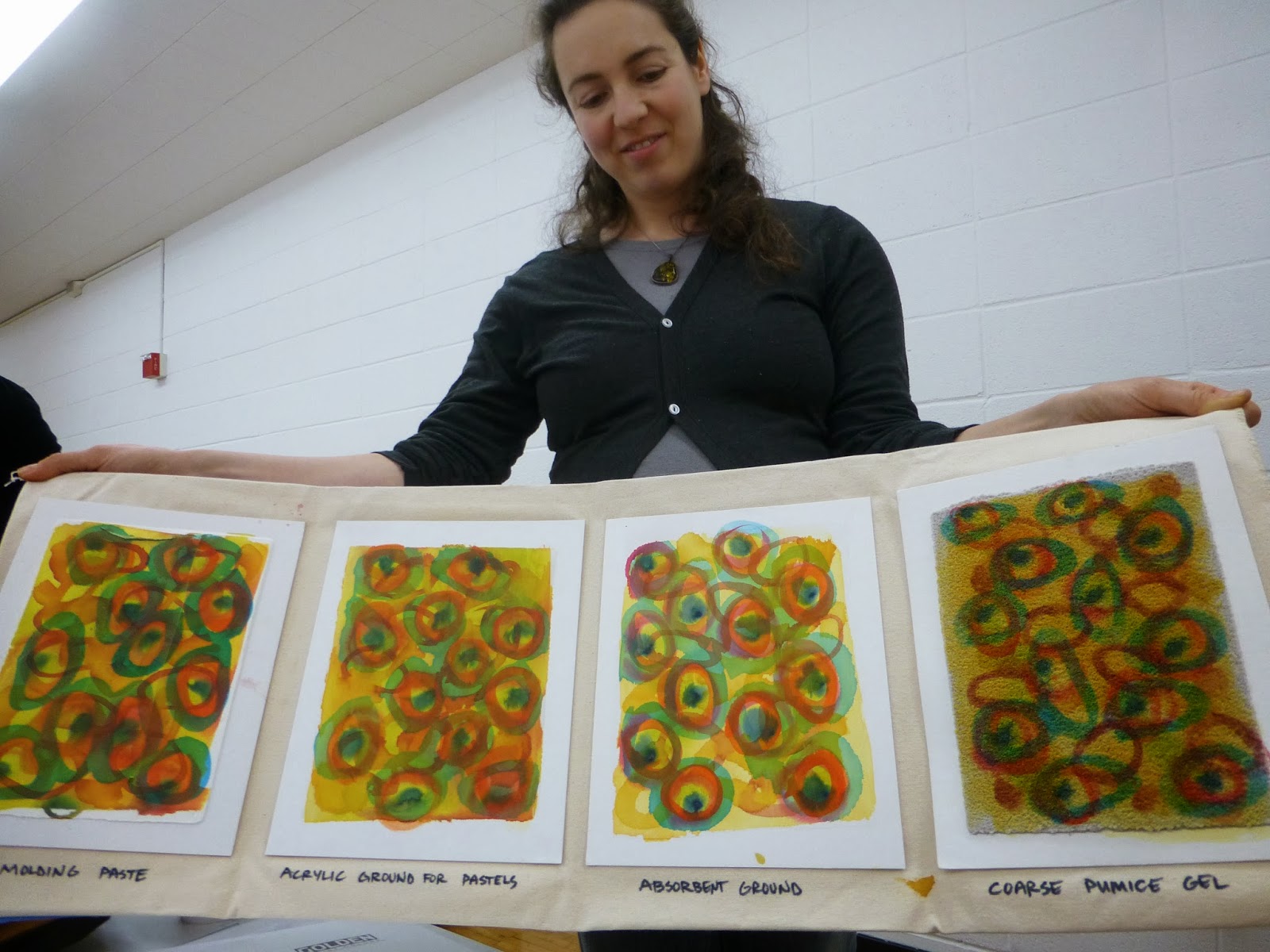
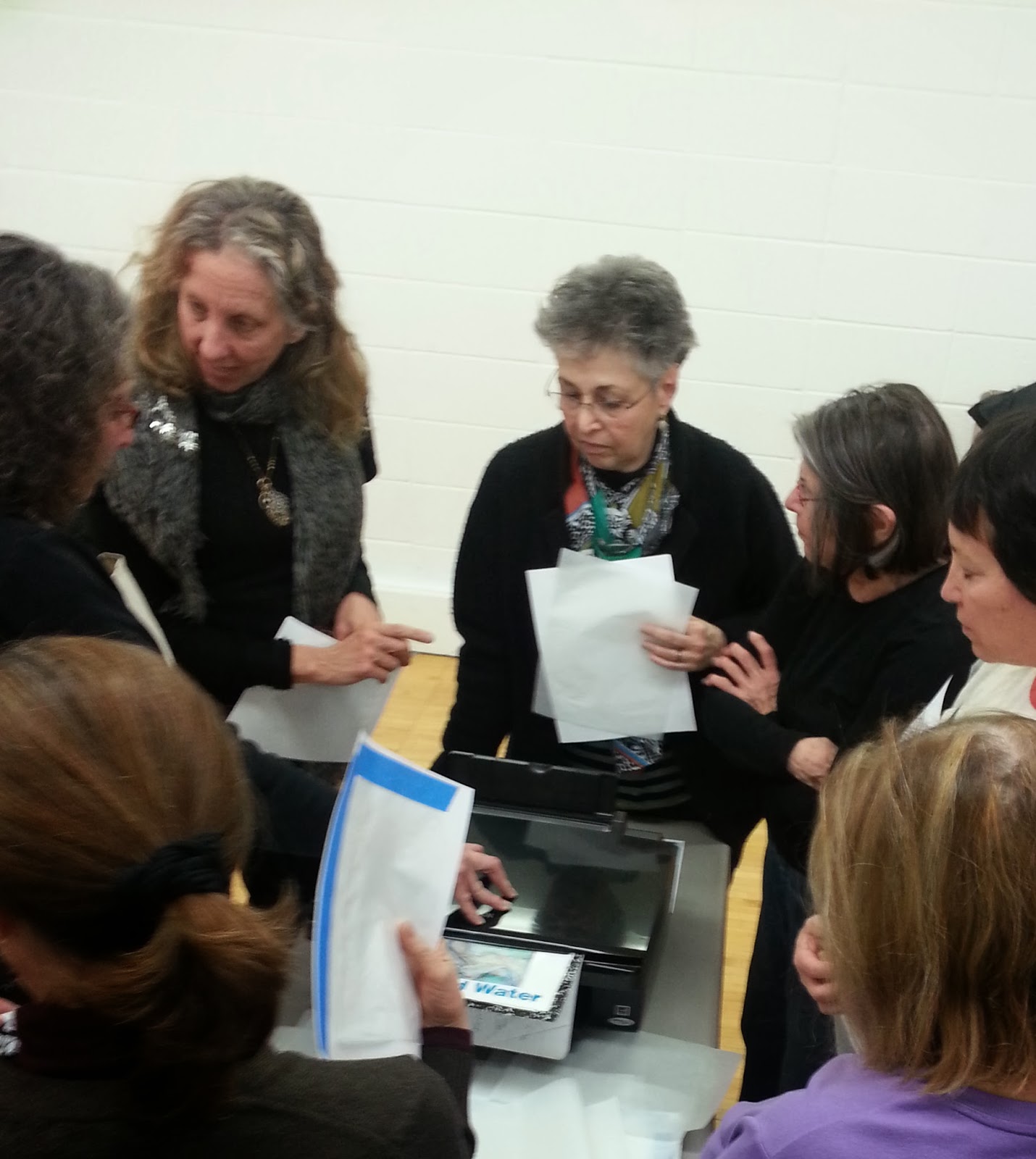
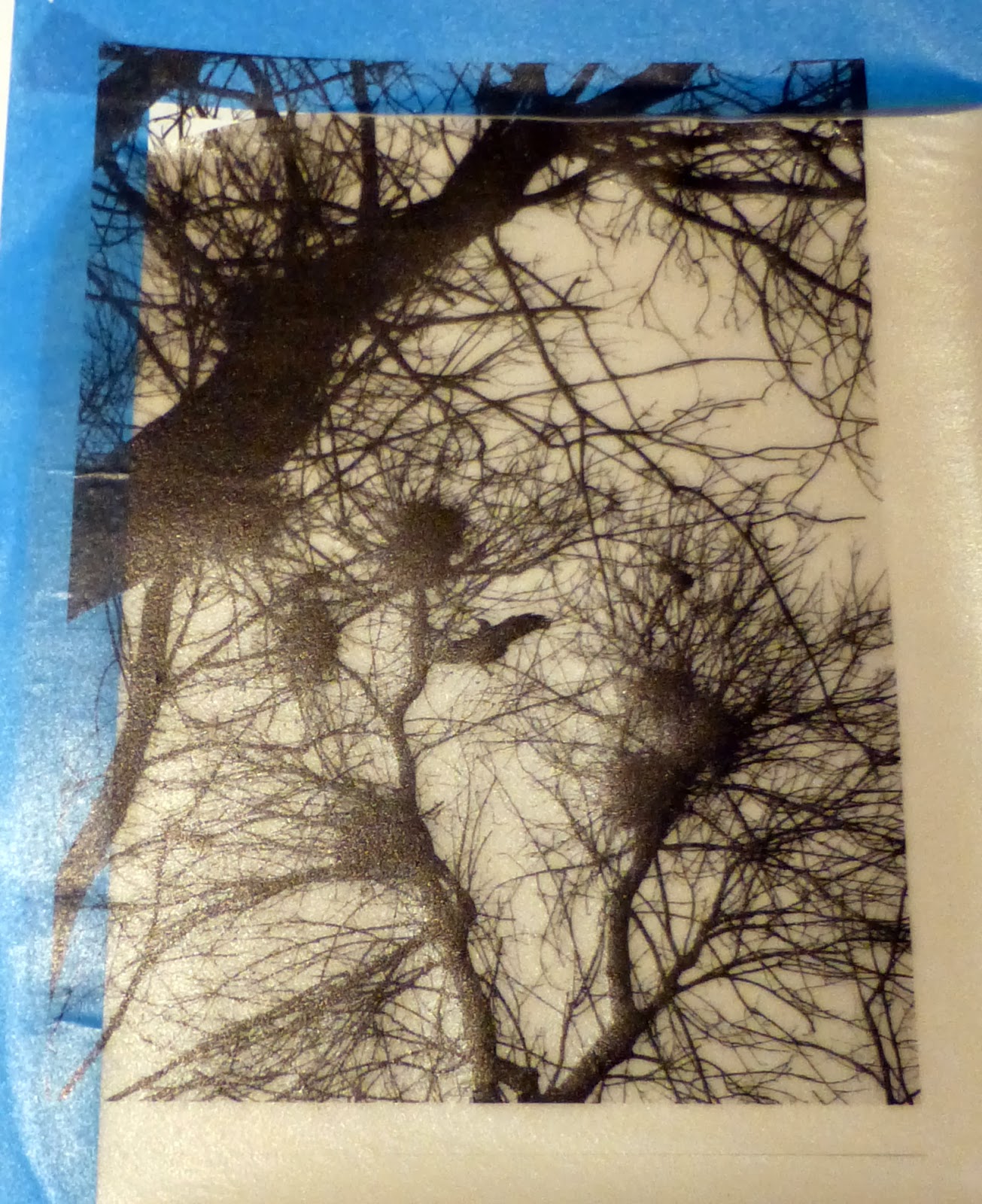





.jpg)